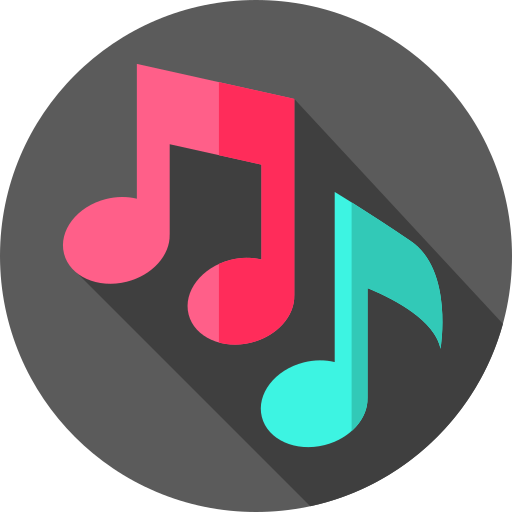- cross-posted to:
- musictheory@lemmy.world
- cross-posted to:
- musictheory@lemmy.world
Hey.
Maybe you will like it.
I apologize for reposting it from another service; my account there had been limited for some time after registration, resulting, i believe, in my post not reaching people who had subscribed to its tags; and i suppose it is not wrong to want to reach some people once one has decided to post something in the first place. Anyway, sorry about that.
Thank you.
Edit: updated url.



Hahah. Well, incidentally, i did just a few weeks ago come across a thing called ‘Adomah periodic table’ and downloaded it.
Also, believe me, i made it because i struggle with music, hard. I don’t know what a music key is. Despite spending many days on this chart, i still can hardly remember which direction which intervals go, especially ‘backwards’, ‘left’.
I can’t read the musical staff. I abhor that it doesn’t consistently map distances to pitch differences. I can’t memorize conventional chord names.
I made it because, well, with visualization everything is easier. (The ‘tonnetze’ are an old invention, though should be more known.)
So i, well, tried to visualize as much as i could.
But fair, here is some info (though do you think if i were good with words, i’d make a visual chart?).
An octave is divided into twelve semitones, right. So octaves are the filled tiles.
And the important thing is, this is a ‘slope’. Like a piece of paper held at an angle. As you can see, going right, it only takes three steps (of four) to get to 12 / octave, but four of three to the left. A ‘visual perspective’ thing. (Thence also the lean of the cross.)
So, on the bottom, you have the intervals. And this is an ‘isomorphic keyboard’, meaning every musical entity corresponds, unlike on the regular keyboard, to the very same hand motion (important for my poor memory; i once read piano players memorize far more motions than they could have).
Also, it is a torus, meaning, notes wrap around. Thence the equality sign on both red tonics. It’s the same pitch.
The pink stripe is an infinite (really) octave. On this chart, beyond the screen, every note occurs an infinity of times. This also means there’s infinity of gestures to play any interval. Eg. you can play the P4 by going upright-right, but also up-left-left.
What else… chords are simultaneous presses of tiles, of course.
My terms for (musically relevant) color groups are, in octave order: intervals, semitones, scales / modes, the octave, chords, scale degrees, and ‘patterns’ (mapped at intervals from the yellow tonic are patterns of qualities (major, minor, … ) you go through going by those intervals till you meet an octave).
The left colored column is the circle of fifths.
That’s an intro.
Edit: the ‘raised’ ‘islands’ are the white keys of the piano, and the depressed ‘straits’ are black.
Edit: also, the thick arrows are the order of, hm. Of white keys, i imagine. But simultaneously, of course, of interval values, scale degrees, etc.